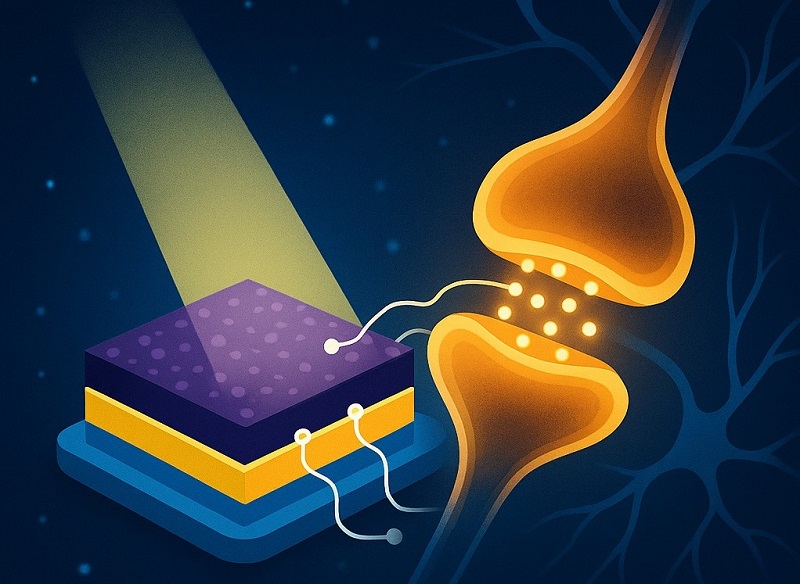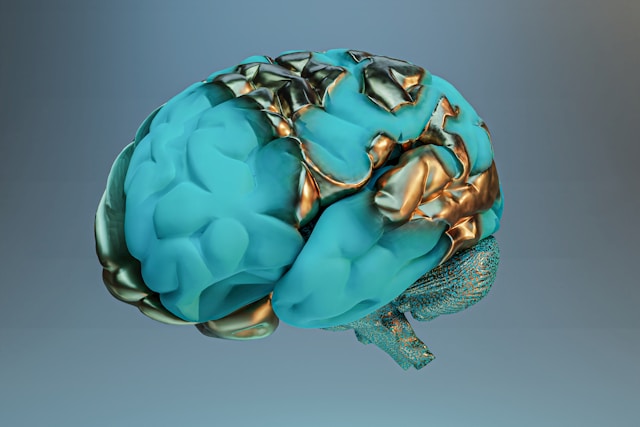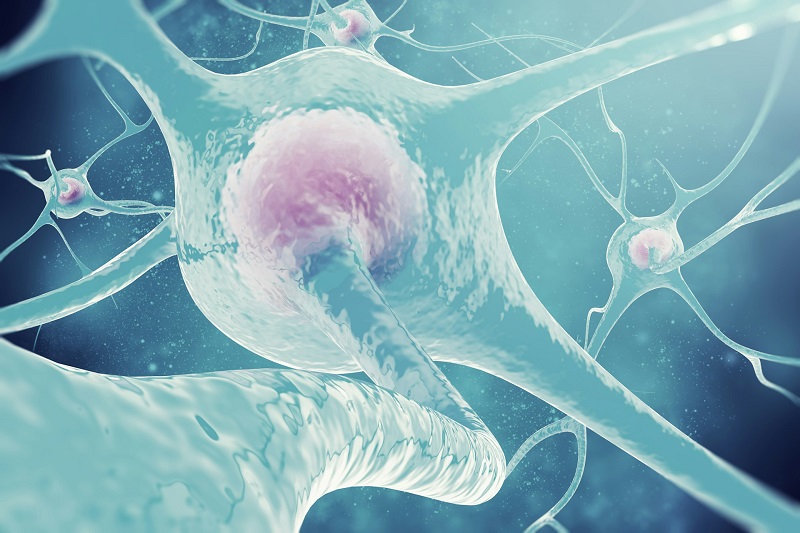Scientists have developed a new material that can turn light into electrical signals and behave much like the brain’s own nerve cells. This...
Vous n'êtes pas connecté
 - KNOWRIDGE.COM - A La Une - 01/Aug 13:55
- KNOWRIDGE.COM - A La Une - 01/Aug 13:55
Light-sensitive material could help electronics think like the brain
Scientists have developed a new material that can turn light into electrical signals and behave much like the brain’s own nerve cells. This breakthrough brings researchers a step closer to building electronic systems that can “learn” in a similar way to how our brains do. The research was carried out by a team of scientists […] The post Light-sensitive material could help electronics think like the brain appeared first on Knowridge Science Report.
Articles similaires
Can a brain scan predict your death? Scientists say it might be possible and even hint diseases you could face
A quick MRI brain scan in your 40s might reveal more than just brain health; it could also predict how long you might live. According to researchers...
Can a brain scan predict your death? Scientists say it might be possible and even hint diseases you could face
A quick MRI brain scan in your 40s might reveal more than just brain health; it could also predict how long you might live. According to researchers...
How your brain can tell squishy ‘stuff’ from hard ‘things’
Without us even noticing it, our brains are the ultimate multitaskers. The brain’s prefrontal cortex can tell us when it is safe to cross the...
How your brain can tell squishy ‘stuff’ from hard ‘things’
Without us even noticing it, our brains are the ultimate multitaskers. The brain’s prefrontal cortex can tell us when it is safe to cross the...
Light-sensitive materials mimic synapses in the brain
An interdisciplinary research team has engineered a new class of organic photoelectrochemical transistors (OPECTs). These tiny devices can convert...
Light-sensitive materials mimic synapses in the brain
An interdisciplinary research team has engineered a new class of organic photoelectrochemical transistors (OPECTs). These tiny devices can convert...
Key amino acid may protect eyes and prevent vision loss
Scientists have discovered that an amino acid called glutamine is essential for keeping the eye’s light-sensing cells healthy, offering a potential...
Millipedes may hold the key to future brain drugs
Millipedes may look a little creepy with their many legs, but scientists are discovering that these creatures could help us develop new medicines for...
Boosting a brain enzyme may help reverse Alzheimer’s damage, study suggests
Scientists at Cedars-Sinai have found a way to restore the function of key brain immune cells in mice with Alzheimer’s disease—an advance that...
Les derniers communiqués
-
Evergreen Elevate Heads to Australia to Empower MSPs with Valuable Strategies and Insights on Better M&A Practices
Evergreen Elevate - 29/07/2025



